|
Sora, San Pedro River, February 19, 2022. In late February we went back to the San Pedro River, and the San Pedro House, east of Sierra Vista, and not far from Tony and Julie Battiste's Bed, Breakfast, and Birds in Hereford. On the 19th we joined Julie Michael's Audubon morning tour which started at the historic house. We walked south through the adjacent fields on a portion of the San Pedro Trail, then east through a bosque to the San Pedro River and several adjacent ponds. Most of the birds were waaaay faaar awaaay, and not great subjects for photography. However, there were some up close and more amenable to capture, and here they are! Below is a map of the area and the two spots featured in this post, the San Pedro House and then Madera Canyon. Interstate 19 is to the far left of this map, with Green Valley in the upper left corner, and Madera Canyon just southeast. The San Pedro River shown on the far right of this map runs south to north, beginning in Mexico. The San Pedro House is just east of Sierra Vista, on the river. The orange dots are the location of images in this post. Map from LR Classic CC. San Pedro RiverThe San Pedro River facing south, winter 2022. There was not such water running on this day. This part of the river is good for flycatchers, more-so in the spring and summer. Note that the San Pedro is a vital river in Arizona, flowing north from Mexico into the U.S., creating a riparian corridor that is essential for the healthy ecology of the region and the lives of many species. One of the ponds adjacent to the river where we saw the Sora, below. SoraCanon R6, RF 800mm f/11, 1/1000 sec, ISO 2000 The Sora is a rail in the order Gruiformes, along with other rails, Cranes, the trumpeters of South America, the finfoots and the Limpkin. Within that order, the Sora is in the family Rallidae (Rails, Gallinules and Coots). This family grouping is the one you will likely find in texts and field guides. (References: Kenn Kaufman, Lives of North American Birds, David Allen Sibley, The Sibley Guide to Birds, Roger Tory Peterson, Peterson Field Guide to Birds of Western North America). In these images we see the characteristic yellow bill and short cocked tail as our subject looks for food. Canon R6, RF 800mm f/11, 1/1000 sec, ISO 1600 The Sora is widespread and common across North America, wintering in SE Arizona, New Mexico and Texas, and south into Mexico and South America. Distribution maps put their breeding north of Tucson from northern Arizona into Canada. Soras generally stay out of sight among the reeds, often calling with characteristic whistles and whinnies. Often heard, rarely seen. We were fortunate to catch this bird as he foraged for food, in and out of the reeds. Great Horned OwlCanon R6, RF 800mm f/11, 1/1600 sec, ISO 1250 The Great Horned Owl is a year round resident of SE Arizona. They sleep during the day and hunt at night. The males and females look alike, except that the females often have brood patches on the chest/abdomen. We spotted this owl high in one of the trees near the river, and I caught it from two angles. In the image below there is a faint line down the chest indicating a possible brood patch, making this a female. For more on their nesting habits including brood patches, see my post from summer of 2020, The Owl and the Hummingbird . . . Canon R6, RF 800mm f/11, 1/1000 sec, ISO 1600 Western Screech Owl: Where's Waldo?Canon R6, RF 800mm f/11, 1/1600 sec, ISO 1250 Just south of the San Pedro House there is a tall tree with a resident Western Screech Owl. Can you see him in the photo above? Yup, lower right corner of the heart shaped opening in the tree, better detail in the photograph below. The Western Screech Owl is very well camouflaged; ideally dressed for hiding in this tree. Like the Great Horned Owl, the Western Screech hunts at night and sleeps during the day. They like their residence near the San Pedro House because of the ample supply of mice and small ground mammals which in turn are attracted by the feeder fare that gets scattered on the ground during the course of the day. The color and texture of the feathers really blends in with the tree bark. In the image below the owl is just barely opening his eyes. The Western Screech Owl lives in the west all the way from southern Alaska into central Mexico. It is similar in appearance to the Whiskered Screech Owl, which lives in Mexico and and just into SE Arizona, where their territories overlap. They can be distinguished by size, with the Western being larger, and some differences in coloration of the bill and iris, as well as their calls. Madera CanyonOn the February 25th I ventured to Madera Canyon with a group from Audubon led by Mary Ellen Flynn. We parked at the Proctor Road Parking Lot and walked up to the Santa Rita Lodge. As with the San Pedro River, our winter birds were very intermittent and far away, but here is a sample of what we saw. Hepatic TanagerCanon R6, RF 800mm f/11, 1/2000 sec, ISO 10,000 The Hepatic Tanager is a songbird (Order: Passeriformes) in the Cardinalidae family, along with Cardinals, Pyrrhuloxia, Buntings, the Grosbeaks, and the Dickcissel. For more on the taxonomy, see the Cornell Lab website. Hepatic Tanagers live throughout the year in Mexico and Central America and all the way south to South America, and will breed in the SW United States in Arizona, New Mexico and portions of Texas. This male is likely "the first Tanager of spring" here in Arizona. Canon R6, RF 800mm f/11, 1/1000 sec, ISO 8000 The Hepatic Tanager shares its summer range in Arizona with the Summer Tanager. The two males look similar, except that the Hepatic Tanager has gray cheek patches (seen in these images) and a grayish back, whereas the Summer Tanager is entirely red, with the exception of dark markings on the wings. Bridled TitmouseCanon R6, RF 800mm f/11, 1/2000 sec, ISO 3200 The Bridled Titmouse is in the same family as Chickadees (Chickadees and Titmice). Bridled Titmice (yes, the plural of Titmouse is Titmice!) live year round in northern Mexico, SE Arizona and western New Mexico. They are common in the lower canyons of the Arizona Mountains, moving in small flocks and chattering in the oaks as they search for insects. They are regulars in Madera Canyon. They will come to feeders, where they are good photographic subjects, but they are tougher to capture in the understory where they move quickly. These are small birds with a distinctive crest and face markings that are easier to illustrate with photographs than describe. Last image, below, in flight. Not sharp, but I could not resist; it is great to see birds in flight. Arizona WoodpeckerCanon R6, RF 800mm f/11, 1/2000 sec, ISO 8000 The Arizona Woodpecker lives year round in pine-oak mountain woodlands of Mexico, with a northern range that just makes it into SE Arizona and western New Mexico. Males and females look similar except the male has a red patch on the back of the head, seen here. They are very well camouflaged, in these photos blending in nicely with the tree bark. Arizona Woodpeckers eat insects and forage off of bark or the ground. Here we see a typical position with feet spread out and the tail used as a support, for comfortable foraging up a tree trunk. They don't mind hanging upside down to go after food. Townsend's SolitaireCanon R6, RF 800mm f/11, 1/2000 sec, ISO 2500 The Townsend's Solitaire is a songbird (Order Passeriformes) in the family Turdidae, Thrushes and Allies, including Thrushes, Bluebirds, and Robins. Their range is the western half of North America, from central Mexico all the way up to Alaska, where they breed. They do live year round in Colorado and Utah and sections of northern New Mexico and Arizona, but are winter visitors here in SE Arizona. They are considered rare for Madera Canyon; this spotting was considered a find! The Townsend Solitaire has a long tail, a short bill, and a small rounded head. They are gray overall with a clear white eye-ring and buffy patches on the wings, a hint of which may be visible in the photograph above. Unlike other thrushes, they will perch upright atop trees and bushes to declare their territory. That all for now! Spring is here, and nesting is beginning. Stay tuned! Happy Trails!
1 Comment
|
AuthorHenry Johnson, photographer and author of this site. For more detail, see About
Categories
All
Archives
July 2024
|

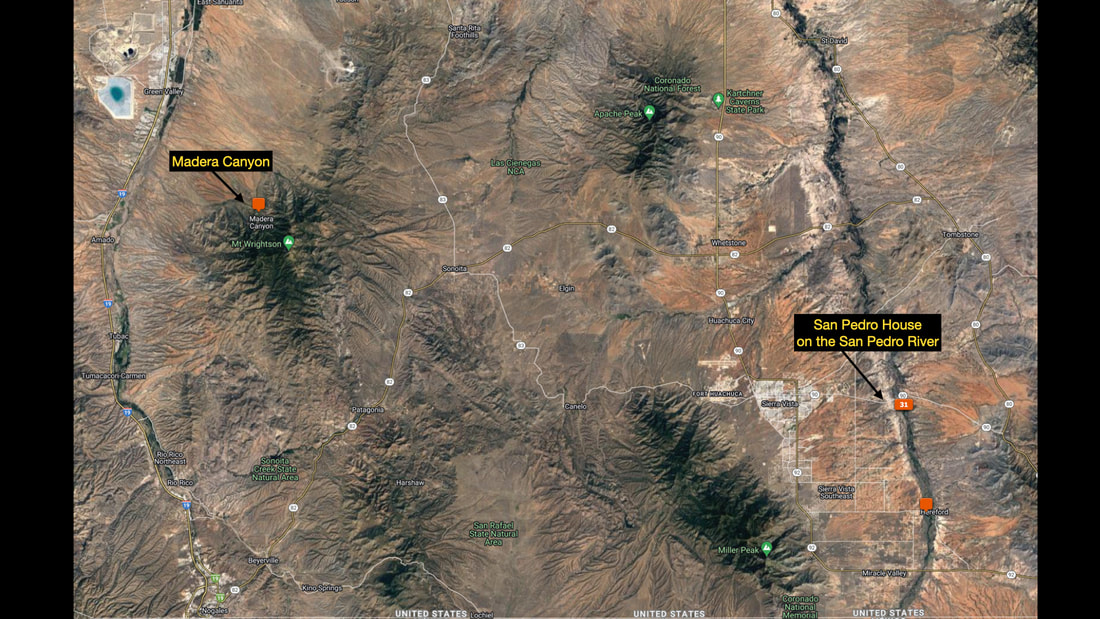






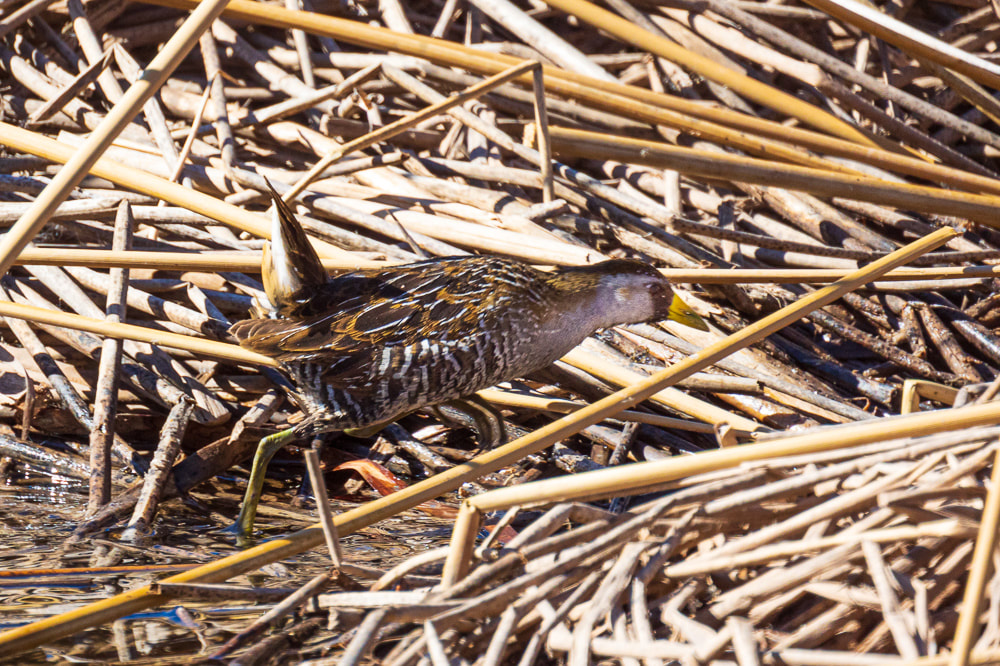
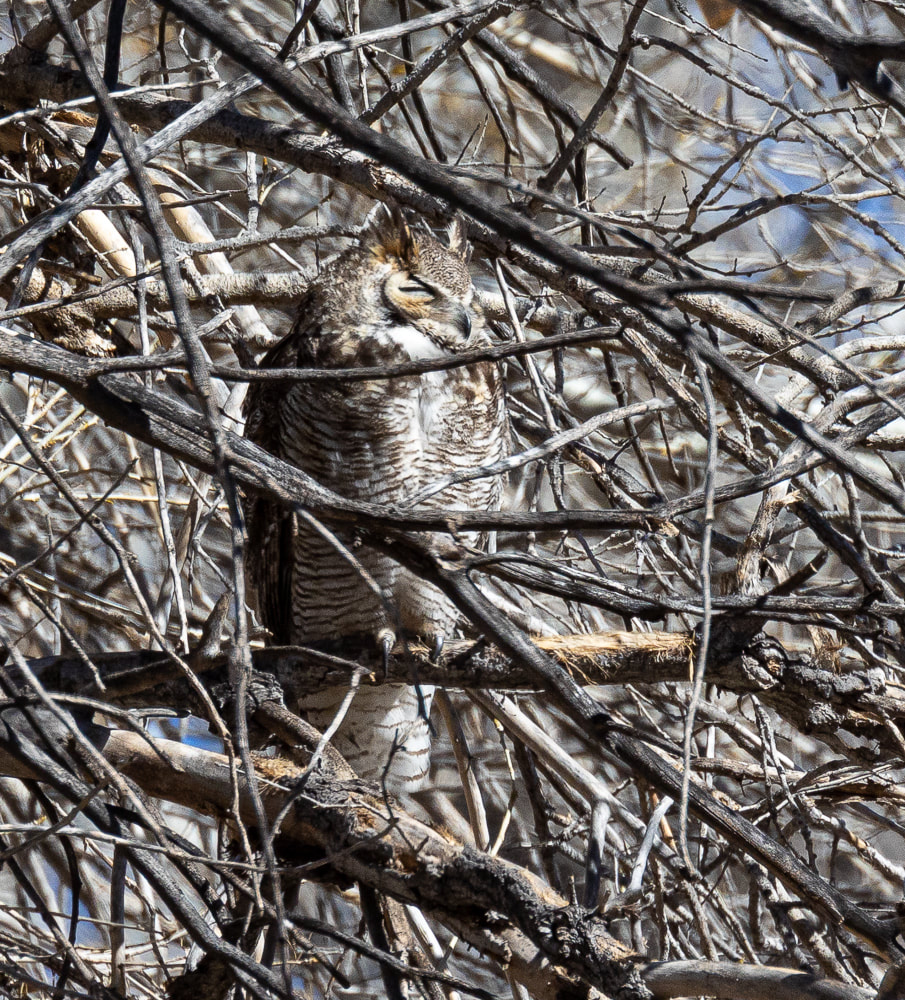






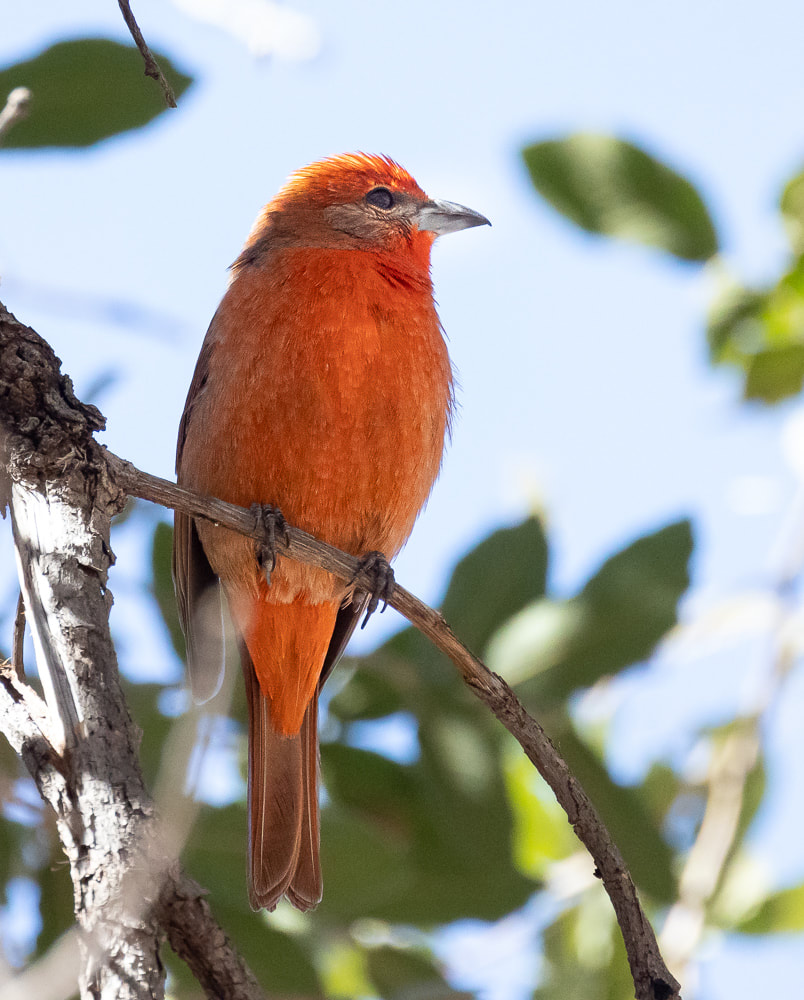
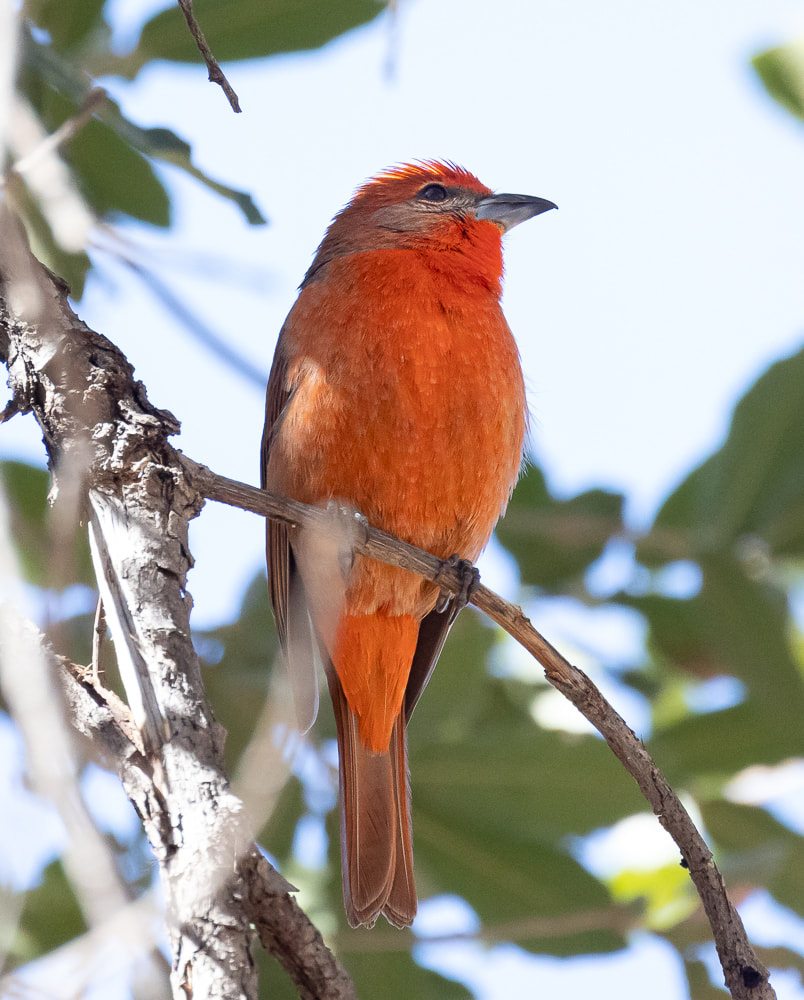




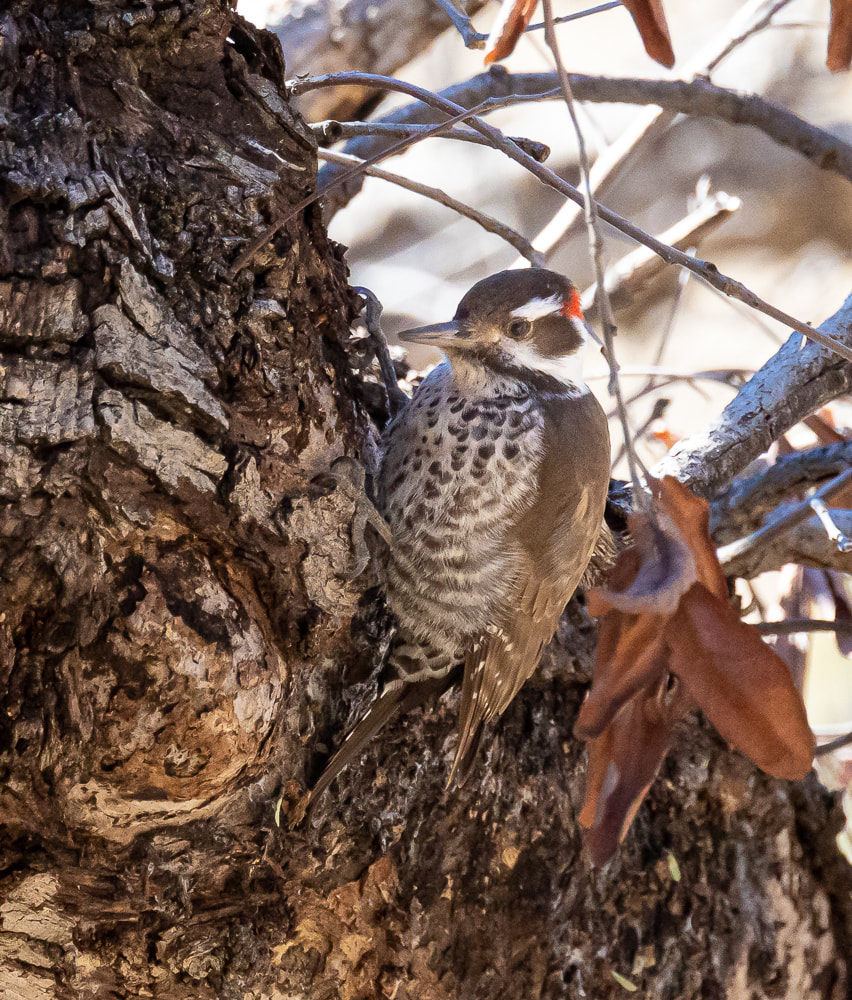





 RSS Feed
RSS Feed